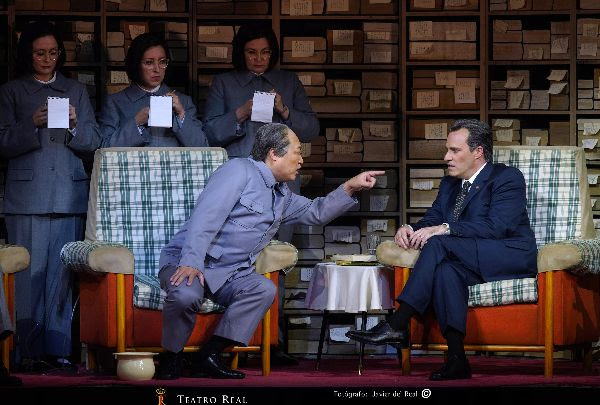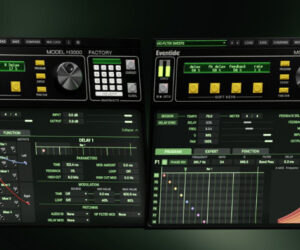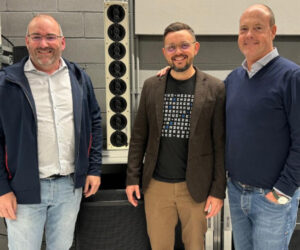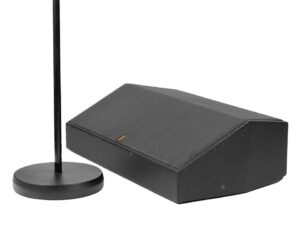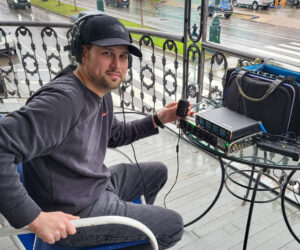A recent stage interpretation of “Nixon in China” for the Teatro Real in Madrid, Spain presented a traditional production and adhering to an operatic principle of “clarification not amplification,” with sound designer Cameron Crosby specifying an immersive audio approach utilizing the pairing of a TiMax SoundHub spatial engine with vocal tracking from TiMax TrackerD4 to deliver the locational coordinates of the principal performers in real-time.
TiMax SoundHub formed the spatial core of the sound system, controlled by both the TiMax TrackerD4 and Cue triggers from a DiGiCo SD10 sound console, with outputs to the loudspeaker system comprised of four main areas, including an orchestra pit system, front stage fills which covered the majority of the auditorium, line arrays directed at the upper balconies and a small number of delays to infill side positions.
As well as the tracking of the principal singers on the stage, Crosby employed TiMax to integrate audio from the chorus in non-tracked locations both on-stage and off to mix that harmoniously with the audio from the moving performers.
Crosby states that his aim was to keep the gain structure of the loudspeaker mix to a minimum to “…create a soundscape that is able to blend the natural sound coming from the singers with the aural content coming from the loudspeakers. This is the point of using object-based audio so that the reinforced voice enhances the natural voices.”
Crosby also points to what he terms the ease of workflow he experienced using TrackerD4 with SoundHub: “TiMax TrackerD4 provided a dynamic X-Y, and Z location for each singer, so that TiMax SoundHub was able to continuously reposition each perceived location to accurately match the actual position of the singers. This meant there was never an image shift between the direct and enhanced voices.
“One of the most powerful features in TiMax TrackerD4 is the ability to restrict the changing of X-Y-Z output when a performer is relatively still. This function reduces any potential delay jittering when a performer moves only very slightly.”
“On TiMax SoundHub itself, there are further areas of really well thought out functionality and it’s all accessible via clear graphical representations for the level and delay matrices in PanSpace and the TimeLine. For example, the ability to not only adjust the delay settings for tracked and non-tracked sources separately but to do so easily. Also, the ability to individually adjust the equalization and delay settings for the outputs: it’s so simple and accessible.”


